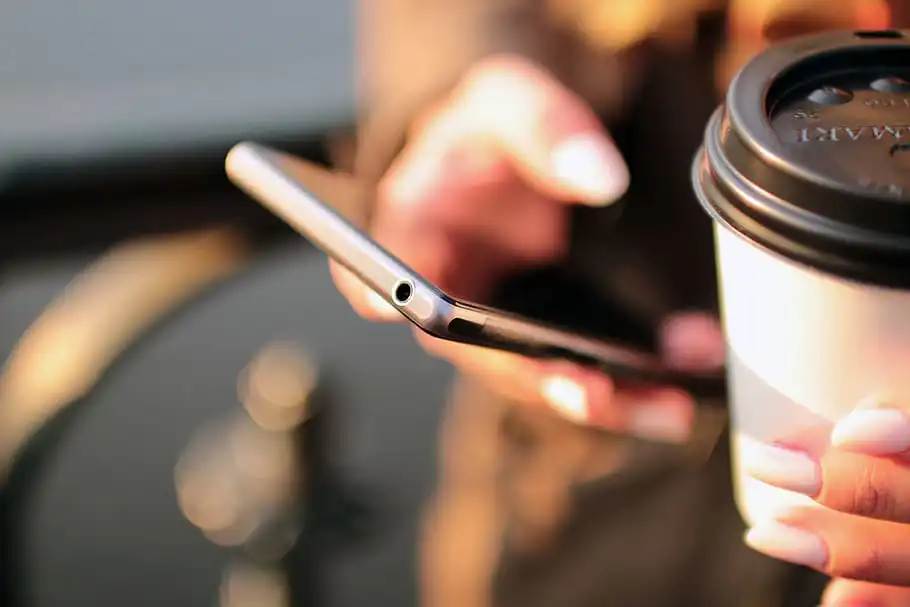YouTube is a massive hub for video content from all over the world. The platform's content creators, however, recently found themselves caught in a conundrum over copyright claims. One notable incidence focuses on an uploader who posted the public domain version of Steamboat Willie, a 1928 cartoon unauthorized by Disney.
The Steamboat Willie upload seemed to contravene no rules. The classic cartoon had, indeed, entered the public domain in 2024. However, a copyright claim from Disney suddenly demonetized the uploaded video. Such a scenario raises pivotal questions surrounding YouTube’s handling of copyright claims and user rights.
YouTube uses an automated system, Content ID, to handle copyright-related issues. Through this system, copyright holders can identify and claim their content. This process enables them to either block the content, permit its usage while accumulating ad revenues, or monitor its viewership statistics.

The core issue with the system raises its head when false copyright claims surface, or when claims are made on public domain content. In theory, copyright laws should not restrict public domain content. Yet, YouTube's Content ID often fails to differentiate between copyrighted material and public domain content.
The instance of Disney claiming copyright on Steamboat Willie typifies this issue. Despite the material entering the public domain, Disney levied a copyright claim. The resulting fiasco raises questions about the boundaries and authenticity of such copyright claims.
Adding to its complexity, some content creators accuse YouTube’s appeal process of favoring media corporations. Creating disputes could lead to a strike on the creator's channel. Its ramifications can deter creators from contesting claims, even when they have grounds to agree that the content is in the public domain.
A deeper dive into the copyright laws unearths a concept called ‘derivative works.’ It implies that an updated version of an original public domain work, with substantial creative modifications, could be copyright-protected. An example is a colored version of an originally black-and-white film.
Disney used this loophole to protect their version of Steamboat Willie. They modified the original work by adding color and soundtracks. While the original black and white version is available in the public domain, Disney's colored version is their copyrighted property.
The critical distinction here lies in understanding what falls under public domain rights and what constitutes Disney's copyrighted version. Anyone can upload the 1928 black and white version of Steamboat Willie. But, YouTube's Content ID system may not differentiate between the two versions effectively.
Consequently, content creators on YouTube dealing with public domain works are walking on thin ice. The ambiguity of copyright laws, complex automated copyright algorithm of YouTube, and the phenomenon of derivative works can potentially leave them vulnerable.
YouTube's Content ID system indeed has flaws. However, it’s crucial to understand that managing copyright on a vast platform like YouTube is inherently tricky. In effect, the platform might demonetize videos to avoid potential legal repercussions, tilting the balance towards copyright claimants.
This tendency, nevertheless, creates a sense of imbalance and perceived bias against small creators. Not surprisingly, a number of YouTube creators feel that the platform exercises unfair practices. They often argue that YouTube heavily favors larger corporations when it comes to copyright disputes.
At its core, this incident reflects an ongoing struggle at the intersection of technology, copyright law, and creators' rights. Due to its widespread popularity and accessibility, YouTube has become a playground for these interactions, occasionally leading to heated controversy.
One key takeaway from this issue is the need for greater transparency and understanding of copyright laws. Regardless of whether content is in the public domain or copyrighted, clear delineation and advanced education for users could help mitigate such issues.
Another point worth contemplating is the refinement of YouTube's Content ID system. Better differentiation between original and derivative works could be beneficial. A more balanced appeal process could also prove valuable to protect the rights of smaller creators.
For now, public domain content creators on YouTube must tread carefully. The incident has shed light on the complexities of copyright laws and public domain rights. Above all, copyright remains a convoluted landscape punctuated by shades of gray rather than a straightforward black-and-white issue.
Future developments in copyright law and shifts in YouTube's policies will inevitably influence the discourse. With any luck, these changes can bring about an environment that respects the rights of all parties involved: the original copyright holders, the platform, and the content creators.